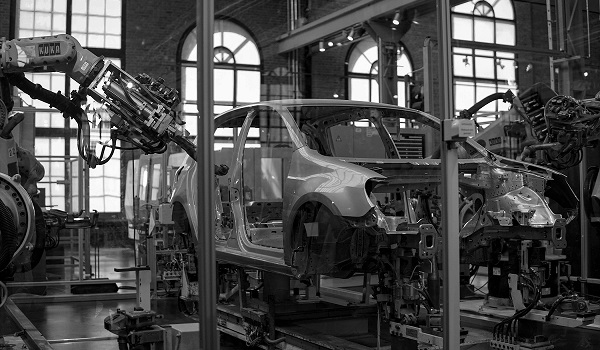AI looks set to become an integral part of modern business. Our latest benchmarking survey of more than 600 global data and analytics leaders shows that 80% have already deployed machine learning (ML) algorithms within their organizations.
As GE Healthcare CIO LatAm Joao Barbosa says, companies which aren’t exploring AI investments risk losing ground to their competitors.
“You’re dead in the market if you don’t use data in your favor,” he says. “If you do not adapt your organization to become data-driven you’re probably out of your growth path.”
“If we want to say, ‘We’re fully automated and we have artificial intelligence in everything,’ I think we are far away from that,” he adds. “[But] I believe in the next two years, maximum, we’re going to start seeing some good use cases that we can leverage.”
It’s a safe bet that investment in AI technologies will continue to ramp up in Latin America and across the globe over the next 12 months. As that happens, three key trends will start to emerge.
AI Success Starts with Strong Foundations
The quality of any AI-driven system depends on the veracity of the data that’s fed into it and the accuracy of the statistical model it runs on. For this reason, Barbosa recommends thinking of a company’s data strategy as a kind of pyramid – with advanced programs built on top of more foundational ones.
“On the base of the triangle is your basic infrastructure,” he explains. “The second step going up on the triangle is your processes. You must make sure your processes are lean. Then, the next step is what we call analytics.”
He concludes: “Once you have done those three steps, then you can start teaching the machines to utilize artificial intelligence.”
“Once you have your basic infrastructure ready, you have your processes lean, then you can start thinking about analytics” – Joao Barbosa, CIO LatAm, GE Healthcare
Companies that skip steps on this journey towards data maturity can end up building AIs that are inefficient or make bad decisions. Since the whole point of these systems is to handle tasks faster and more accurately than humans, it’s the organizations that start by putting the right foundations in place that will unlock the greatest long-term returns.
AutoML Will Bring AI to the Masses
Companies throughout Latin America are waking up to the power of AI. But the barriers to entry are still high.
To develop purpose-built algorithms in-house, enterprises need to recruit data scientists. Yet, attracting and retaining these highly skilled professionals has become increasingly difficult as global demand for their expertise has soared.
Automated machine learning (AutoML) promises to bypass this challenge. The technology automates the end-to-end process of applying ML to real-world problems, so that less expertise is required to do it.
“I think that’s the future of machine learning,” says José Arias Soto, Head of Business Analytics at beverage company FIFCO. “The coming of auto machine learning will help those Latin American companies that cannot afford or are having a hard time recruiting data scientists to leverage data opportunities.”
The ML development pipeline typically involves collecting data in a single location, then cleaning and standardizing that data. Next, an algorithm must be developed and optimized for the task at hand before it can finally be applied in a business context.
By automating the most complex steps in this pipeline, AutoML will make common ML use cases accessible to a far wider pool of organizations.
True Innovators Will Build AI In-House
For companies that want to create unique AI capabilities, technologies like AutoML may not be the answer. By definition, anyone can use ‘out of the box’ solutions to upgrade their capabilities. As such, niche or market-leading capabilities will still generally need to be developed in-house.
“You don’t need to rely on external software providers,” says Alejandro Bahnsen, VP Artificial Intelligence at on-demand delivery unicorn Rappi. “This is not only true for us. I would argue that it is true for all Latin American unicorns.”
“We actually do all our work with open source software,” he adds. “I would like people to discuss this more, because I think it’s very easy for companies to fail at data science just because they’ve spent more budget on software than on people.”
“What we have discovered is that if we want this to be our differentiator, we cannot rely on an external provider to do it for us. We really need to learn how to do it ourselves” – Alejandro Bahnsen, VP Artificial Intelligence, Rappi
The bottom line here is that companies will need to consider their business objectives carefully when deciding whether to buy third-party AI solutions or to develop their own in-house.
Some enterprises will find that ‘out of the box’ products provide all the functionality they need. But data leaders who want to push the boundaries of what’s possible will often find that there’s no substitute to building their own bespoke software.
This article in an excerpt from Data-Driven Business Latin America 2020. For even more exclusive insights from Latin America's top data and analytics leaders, click here and download the full report now.









